Around 2600 new pet food products hit the market in 2023*, all promising to be delicious, tasty, yummy… basically, the best pet food ever!
In that ocean of choice, if you want pet parents to pick YOUR products for Kitty and Max, you need to prove that their exceptional palatability will create a pet meal experience better than anyone.
Lucky you, there are numerous measurement methods that can help you characterize all the sensory properties of your precious, to find the winning claims that will set it apart from the crowd and touch pet parents’ heart.
*Mintel
Guess what pet parents really want
Taste has always been in the top list of pet food purchase criteria. At the beginning of industrial pet food, there were huge variations in terms of quality and palatability between products. Simply getting a pet to eat was already a victory.
But this was 50 years ago… Since then, premiumization has raised standards, making most products broadly acceptable.
The definition of palatability performance has thus evolved: today’s pet parents don’t just want their pets to accept their food, they want them to visibly enjoy it. And they are willing to test multiple options to find the perfect fit.
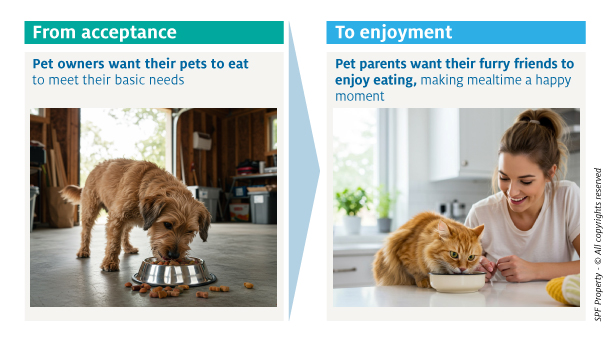
To help pet food manufacturers develop products adapted to owners’ new expectations, palatability measurement methods have progressed. Beyond acceptance, they now include additional criteria reflecting pet owners’ perceptions of palatability and pet enjoyment.
These enriched methods allow characterizing all the sensory facets of a product to reveal its qualities and make the best out of it. They can spotlight distinguishing features that can be leveraged to enhance pet food promotion and stand out in a competitive market.
With the right product and the right criteria, you’ll find the right arguments.
Promote attractiveness
Attractiveness is one of the most meaningful palatability criteria for pet owners.
Defined as the appeal of the product to the animal when presented during a meal. Attractiveness is mainly linked with smell. It is particularly important as it marks the beginning of the meal.
The higher the attractiveness, the faster the animal will come to the bowl and start eating, the happier the pet parents.
Two criteria can be used to assess attractiveness:
- The first choice, which is the first food eaten by an animal when being presented with two foods. It can be measured with a classical two-bowl test conducted at home or in expert panels
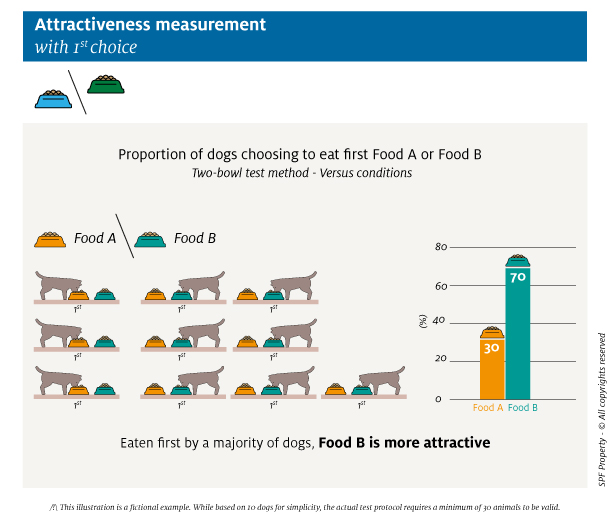
- The latency time, which is the time elapsed between the presentation of the food to the animal and the first feed intake. It can for instance be evaluated in expert cat panels by calculating the proportion of animals exhibiting a feeding event within the first 30 minutes of the test, using the kinetics method.

A demonstrated superior attractiveness can valuably be promoted on the packaging with claims such as “Kitty will rush to the bowl”.

Compare consumption to reference
Pet parents know their animals. They generally know what their routine consumption is, and they can clearly identify variation in consumption.
Measuring the consumption level of a product against a reference is thus a relevant criterion, meaningful for the owner.
The Liking test, an advanced monadic measurement method developed by Panelis and conducted with expert panels, enables the comparison of the consumption of different pet foods to a reference consumption. This reference consumption is an average of individual consumptions calculated over previous months, based on a sufficient number of tests to account for and smooth out natural variations in consumption.

Results showing that a product is consumed significantly more than a reference consumption level can be leveraged to create a compelling claim such as, “More than eaten, enjoyed!”

Rank yourself against your benchmarks
Another winning argument for pet parents is that one product is “preferred” to another.
Preference assessment between a product and benchmark can be done in numerous ways: in expert panels, at-home, in monadic conditions, in versus conditions…
Conducted regularly, preference ranking can serve as a valuable “barometer”. It allows you to track your market position, particularly in relation to dynamic competitors or emerging benchmarks.
For instance, the two-bowl tests determine whether a preference is expressed by measuring the eaten quantities of each product when presented with two foods simultaneously.
To know where you stand among the sea of products available on the market, you can build a dedicated design of experiments combining versus tests with the Bradley-Terry method. By giving products comparable palatability scores, this approach makes it possible to compare and, above all, rank many products.

A top position can enable you to honestly claim that your product has “the best taste on the market”.

Seduce the owner
Of course, the first one to please is Kitty. But if, as icing on the cake, your product has sensory properties pleasant for Vincent too, don’t be afraid to say it!
Admittedly, we’re moving away from the pure concept of palatability, since it’s not a question of the animal consuming the product. But the owner’s hedonic perception of the product is part of the pet meal experience, and it can influence his percep-tion of the product’s palatability performance.
In-home studies are particularly adapted to get information on owner hedonic perception of a pet food. Through questionnaires submitted to pet-owners, you can for instance ask owners to note their hedonic perception of the color, the shape or the smell of a pet food.
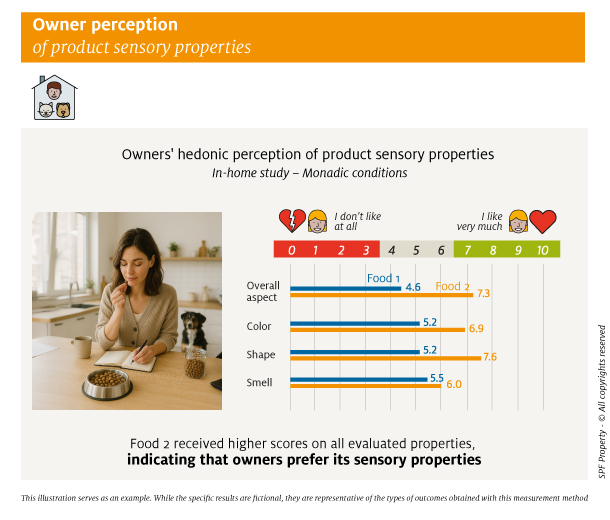
A “Looks good, smells good, pet parents approved” claim can be a powerful differentiating argument on the market.

Remember
Palatability is a complex and ever-evolving quality crucial for pet food market success. In today’s competitive landscape, identifying the claims that resonate with pet parents is key to differentiating yourself.
By backing these claims with rigorous testing and relevant criteria, you can effectively communicate your product’s unique advantages and stand out from the crowd.
The images in this article were created using AI .
Take-home points
Attractiveness measured with latency or first choices, consumption level versus refer-ence, preference ranking, or sensory properties appeal to pet owners are some of the relevant criteria allowing for substantiated differentiating.
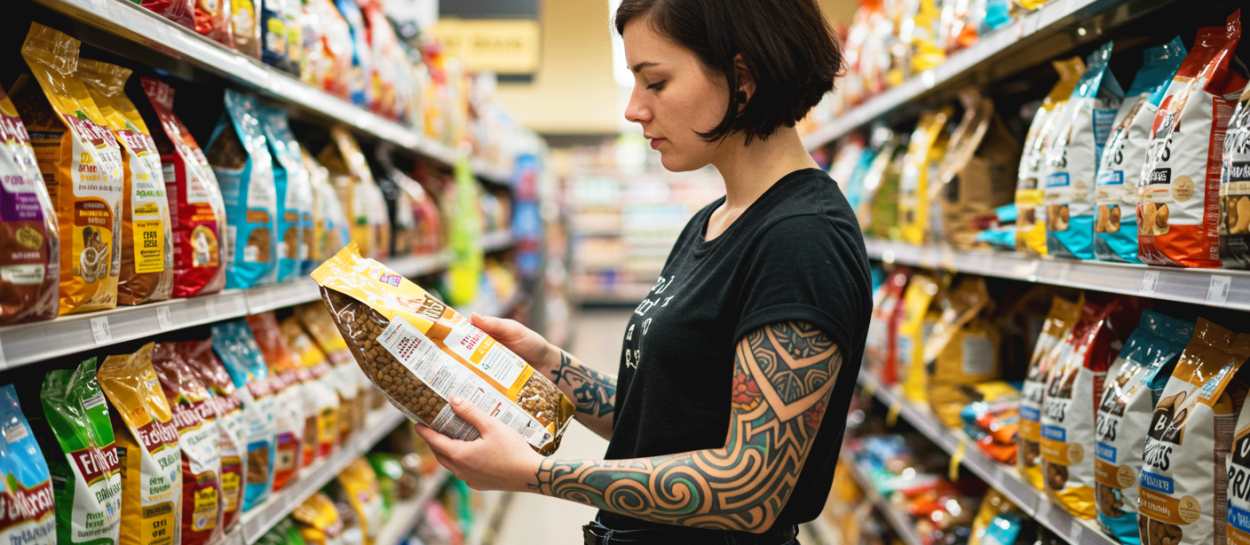


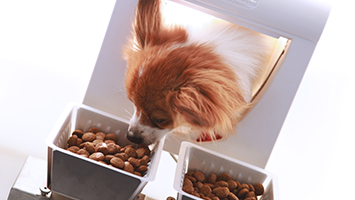

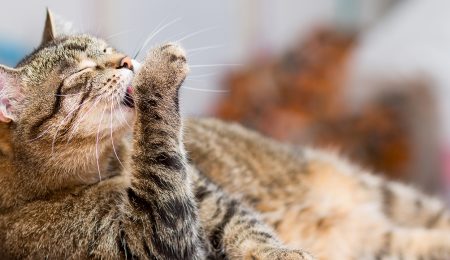
* required fields